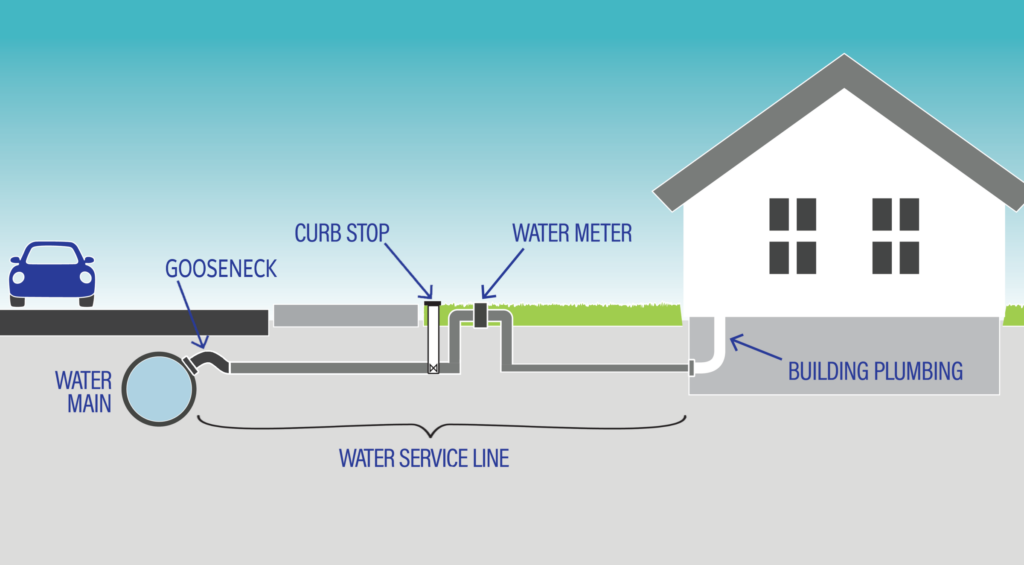At Your Service
Like water departments around the country, the Rehoboth Beach water department has been tasked through federal Lead and Copper Rule revisions with taking an inventory of service lines on public as well as private property. The city’s initial inventory was to be submitted to the state database in October 2024.

The city has notified customers who have a lead service line and is working with customers for whom the service line material remains unknown.
Identification of lead service lines is the first step in replacing lead lines and protecting public health.
Background
The federal government banned the use of lead pipes and solder in new plumbing systems in 1986, but the EPA estimates that 6-10 million lead service lines remain in operation across the country.
In 2021, the Environmental Protection Agency revised its Lead and Copper Rule to better protect children and communities from risks related to lead exposure in drinking water. Improvements in the new rule included requiring water systems to identify and make public locations of lead service lines.
The city has a good understanding of the materials used on the public side of water lines. It knows that about 2,500 of its approximately 6,000 connections from the water main to service lines have lead goosenecks. These lead goosenecks are not considered problematic unless they or the service line are disturbed (for repairs, for example). Over time, the city is working to replace these goosenecks as repairs are required or annual replacement is scheduled. All other service lines and connections are believed to be made of materials other than lead, often PVC.
The Rehoboth Beach water department began efforts in summer 2022 to inventory water service lines on private property. While many residential service lines were inspected, the material for many others remains unidentified. The city is in the process of reaching out to customers whose service lines have not yet been inventoried.
FAQs about Service Line Inspections
The material in my service line has not yet been identified. How can I determine the material?
- You may schedule a free inspection by a water department staff member by calling 302-227-6181, ext. 159.
- A professional plumber, either the one that built your home or business or one that you hire, can certify to the city the material used for water pipes.
- It may be possible for you to take a photo of the main shut-off valve to your property, where the water line initially comes into the home or business, and provide that to the city.
How long will an inspection take?
Just a few minutes, usually less than 15.
Why do you have to come into my home for the inspection?
Typically, the connection to the water meter isn’t visible from the outdoor meter pit.
Will the city let me know if there’s a problem with my service line material?
The city will provide you with a pre-printed form that indicates the material your line is made of as well as recommended actions, if there are any.
If a lead pipe is discovered, the city will strongly recommend that property owners replace the entire length of the pipe to the main as soon as possible.
Lead in drinking water can be harmful, especially to pregnant or nursing women and children under 6. Property owners should filter their drinking water and consider getting it tested by a lab. Replacement of the service line is at the property owner’s expense.
Galvanized pipe also may be of concern as it has a tendency to become pitted, and lead particles (from a lead gooseneck connector at the main, for example) can get trapped in those pits. The city will recommend that property owners replace galvanized lines as well. Again, replacement would be at the owner’s expense.
The city will not require replacement by any owners.

